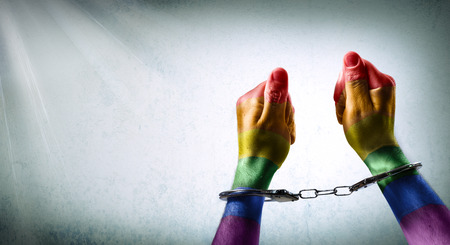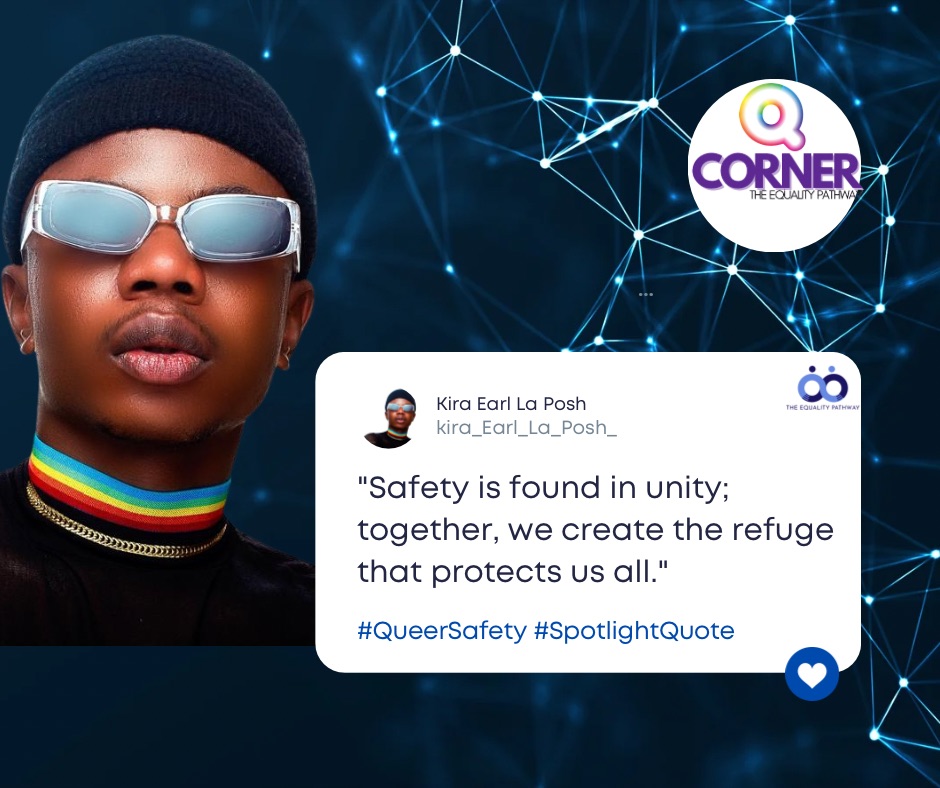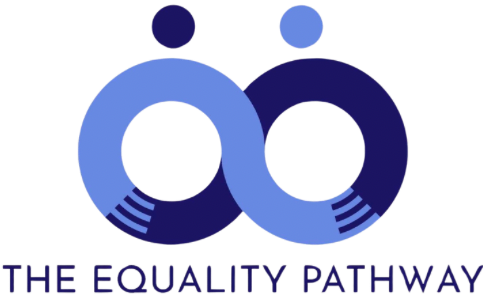“Creating Safe Spaces: Strategies to Enhance Security for the Queer Community” – by Hyacinth John
Edited by: IB Anderson
The queer community is often misunderstood and misrepresented. It encompasses individuals who do not fit neatly into society’s conventional boxes of gender and sexuality. This includes, but is not limited to people who identify as lesbian, gay, bisexual, transgender, non-binary, and genderqueer. It is a diverse and vibrant community full of varied experiences, expressions, and stories. Yet, despite this diversity, what binds the queer community together is often the shared experience of navigating a world that still marginalizes, discriminates, and excludes those who do not conform to the norm.

Personally, being queer has meant constantly navigating complex and harsh realities. Growing up and living in societies where being different can come with consequences has meant learning how to survive and, eventually, thrive in environments that aren’t always welcoming. The simple act of being myself in certain spaces can be met with judgment, hostility, or even violence. It’s a world that forces many queer individuals to hide or suppress their identities just to stay safe.Every day can feel like walking a tightrope. From casual conversations where misgendering is brushed off as harmless to situations where coming out at work or in social settings is met with either silence or overt discrimination. There’s an unspoken pressure to fit in, to conform to expectations, even when those expectations erode your sense of self.

In my opinion, the concept of safety goes far beyond physical security. It is about emotional and psychological security as well. A safe space is somewhere I can exist fully, where I can express myself without fear of judgment or harm. These spaces aren’t just places; they’re people, environments, and communities where I feel seen, heard, and valued. In many queer people’s lives, the home, workplace, or even the street can feel unsafe. But it is important to note that safety isn’t just about removing physical threats; it is also about dismantling the internalized shame and fear that comes from living in a society that tells us we are wrong for simply existing as we are.
Howbeit, we can improve the wellbeing of queer individuals by educating them. It is important that we shift societal attitudes toward queer identities. “Ignorance breeds fear and hate, while understanding breeds empathy and inclusion”. Learning comprehensive education on gender and sexuality, starting from a young age, would go a long way in breaking down the harmful stereotypes and misconceptions that fuel queerphobia.

However, it is crucial to specifically tailor Mental health support to queer individuals as many of us experience heightened levels of anxiety, depression, and other mental health challenges due to the discrimination we face. Also,accessible and affirming care can make a world of difference and we must continue to create and nurture safe spaces not just within the queer community, but across society. These spaces, whether physical or virtual, are vital for queer people to exist freely and authentically.
The wellbeing of the queer community isn’t just a queer issue, it is a human issue. By fostering a society that values and protects the rights and identities of queer people, we create a more just and equitable world for everyone. And that’s something worth fighting for.


